The Fertility Awareness Method is the practice of observing one or more fertility signs everyday to determine if you are fertile and which days will lead to pregnancy and which days will not.
Because this method is a natural form of birth control, and can be used to plan or prevent pregnancy, depending on your circumstances, it is greatly recommended to dive deep into learning before practising!
Here is a list of the most common mistakes of fertility awareness. This will inform you of what practicing a method of natural birth control involves and how if it’s right for you. Let’s drive in…
Mistake 1 – Thinking there are a certain number of safe days after your period
This idea of a certain number of safe days after periods is based on an outdated and unreliable method. Commonly called the calendar method, this assumption is based on a woman’s past cycles to predict which day ovulation will take place, and then counting back to estimate ‘safe days’.
Tracking your day to day fertility signs to determine if you are fertile (in accordance with a methods rules) is reliable, rather than making predictions based on your previous cycles.
Mistake 2 – Not practicing a method and/or casually charting
You must be diligent in selecting a method and following its specific rules diligently.
There are various methods as each method has specific guidelines and rules that makes that particular method effective.
Fertility Awareness Method covers an umbrella of various ‘methods’ and its because of this that it can get confusing in the research phase. Some methods are taught in a religious context, or have religious values associated with them (Natural Family Planning). Others are taught in a non-religious context and are are based on observing and recording various fertility signs, including cervical fluid only (The Billings Method) BBBT only (The Temperature Method) or BBT and cervical fluid (The Sympto Thermal Method.) You must be diligent in selecting a method and following its specific rules diligently.
The method we most recommend would would be the sympto thermal method which is 99.4% effective.
If following a method if too overwhelming for you, a great introduction would be to consider the daysy which uses the temperature method and is 99.3% effective.
Mistake 3 – Substituting ovulations & trying to conceive tools or tests
Ovulation tools or test should not be part of a fertility awareness method of birth control. These includes fertility microscopes, ovulation test strips and pregnancy tests. These are fine to use if you’re curious, (and of course if you’re trying to conceive) but should not substitute following a method if you’re trying to avoid pregnancy.
Mistake – Not recording your fertility signs in a chart or app everyday.
You must be diligent in selecting a method and following its specific rules diligently.
It’s also very risky to mix and match different methods as each method has specific guidelines and rules that makes that particular method effective.
Mistake 4 – Not taking your temperature consistency every morning
You must take your temperature every morning in order to be able to accurately determine your BBT temperature shift according to the rules. This can seem overwhelming in the beginning but becomes automatic in less time than you think. And of course, if you remember to take the pill each day, you’re likely to remember to take your temperature each morning.
Mistake 5 – Not taking your temperature right when you wait up
This means before you do ANYTHING – laying around in bed, cuddling, scrolling through instagram, getting up to go to the toilet.
Mistake 6 – Not learning or following the rules of a method correctly
You must be diligent in selecting a method and learning and following its specific rules diligently. You cannot mix and match different methods – the high effectiveness is because of the rules.
Mistake 7 – Relying on an apps prediction
Be wary about prediction apps, whether they predict a fertile window or when to expect your period as these would be similar to the rhythm and calendar method. It’s advisable to chart without an apps’ prediction feature and instead interpret your fertile and infertile window based on your day to day fertility signs.*With the exception of the premium app Natural Cycles and Daysy which use the temperature method.
Mistake 8 – Using a form of the calendar method
The calendar method or sometimes called the rhythm calendar method is an outdated and unreliable method based on a woman’s past cycles to determine which day ovulation takes place. Assuming ovulation will be at the same time as your previous cycles is incorrect. Ovulation is determined by multiple factors and can therefore fluctuate from cycle to cycle.
I hope this list of the most common preconceived ideas and mistakes about FAM aids you in navigating fact from fiction! There are a lot of myths surrounding women’s reproductive health, including this idea that there is a definitive number of safe days after periods, when in fact this number can vary from cycle to cycle.
Jess is a designer, writer and womens wellness advocate. She believes that each of us have our own unique experiences and stories to share to educate and uplift one another.

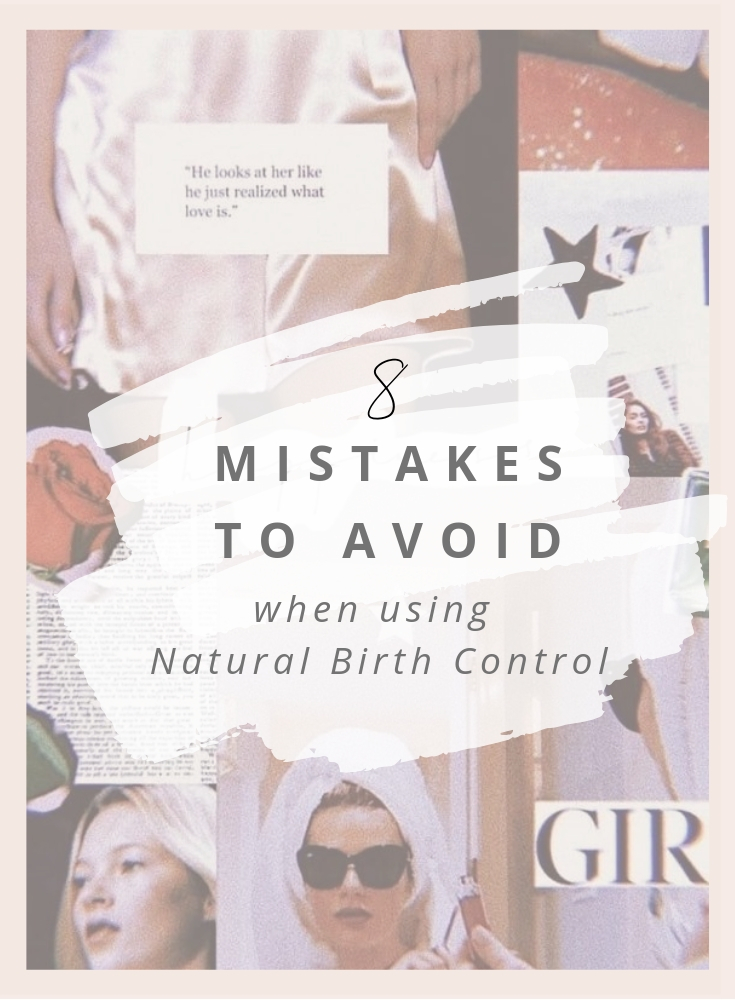


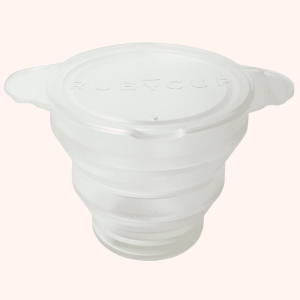
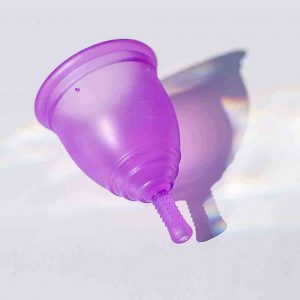
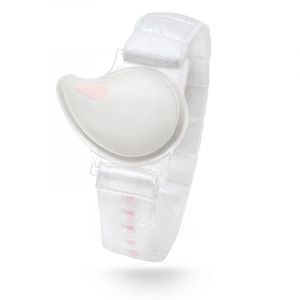



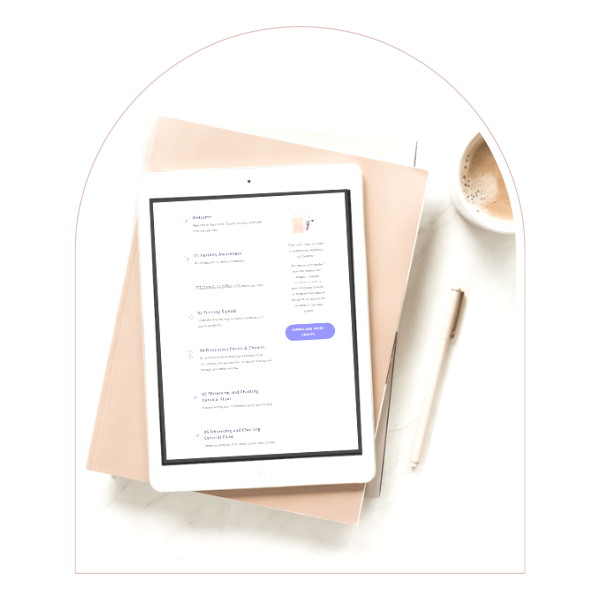
0 Comments